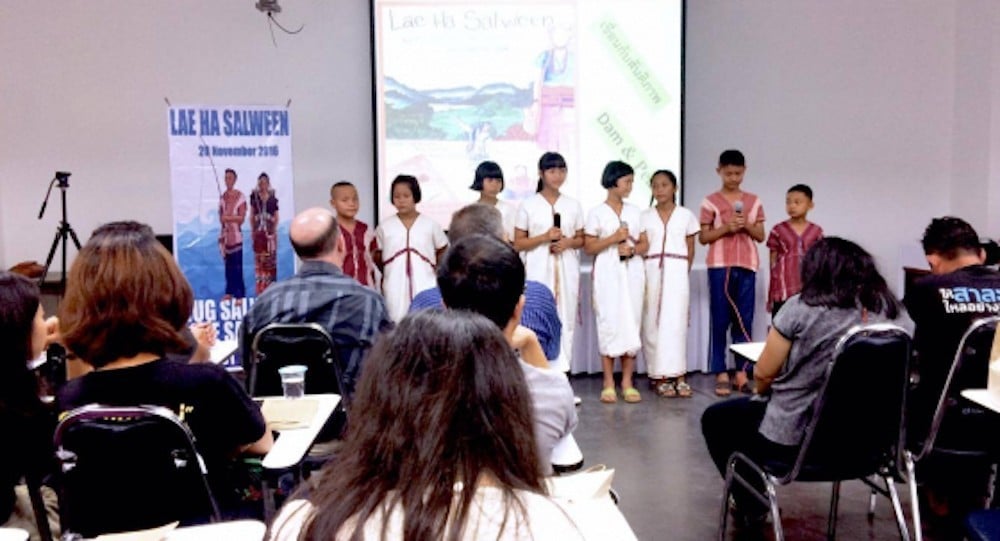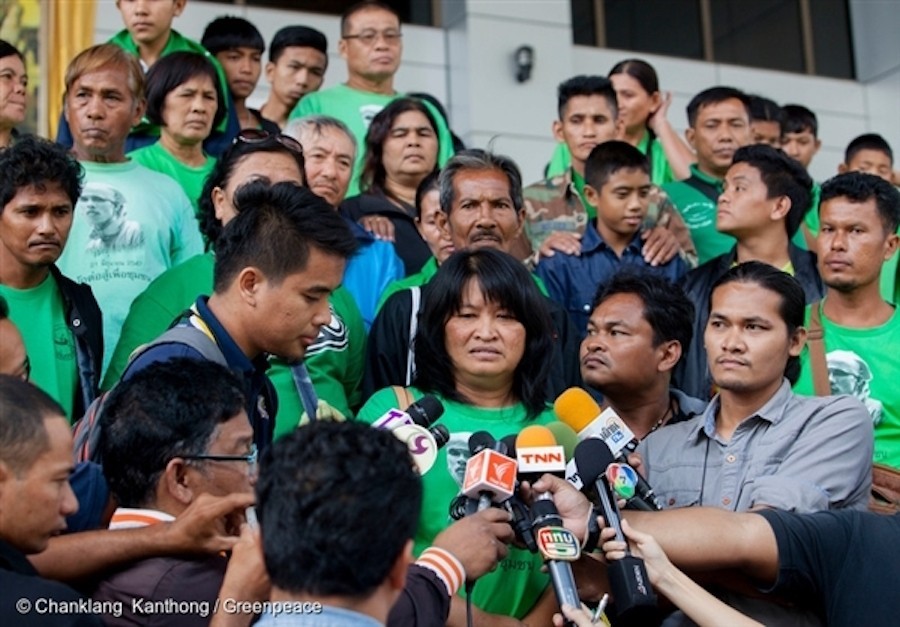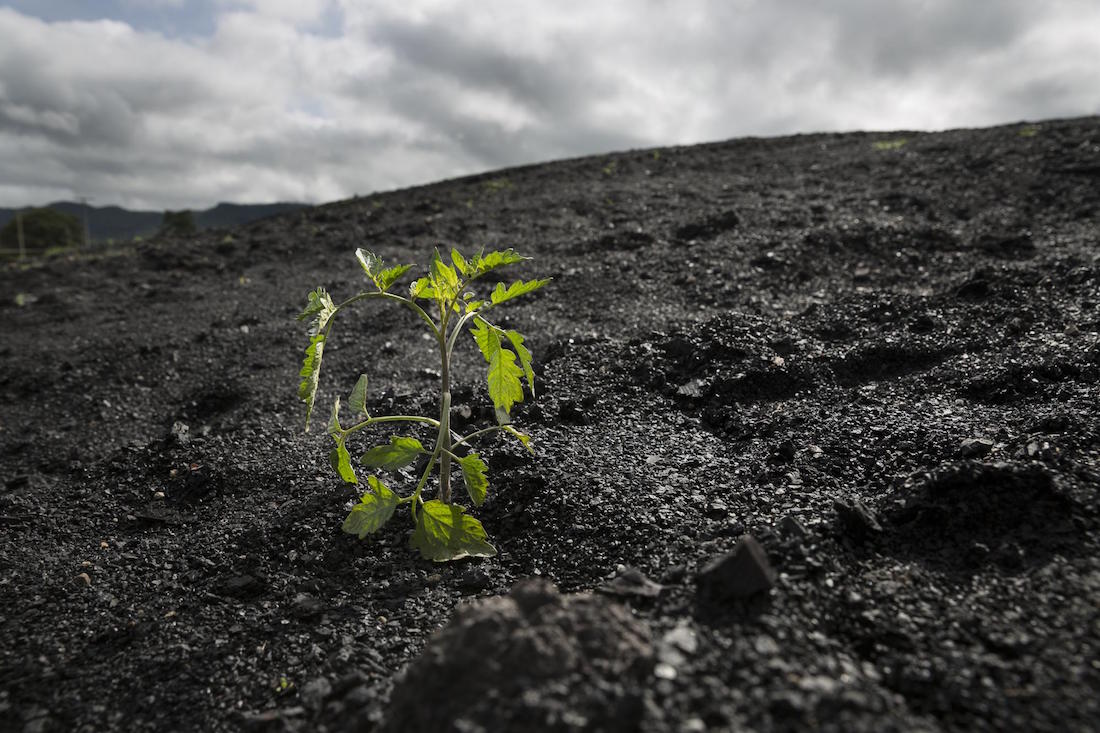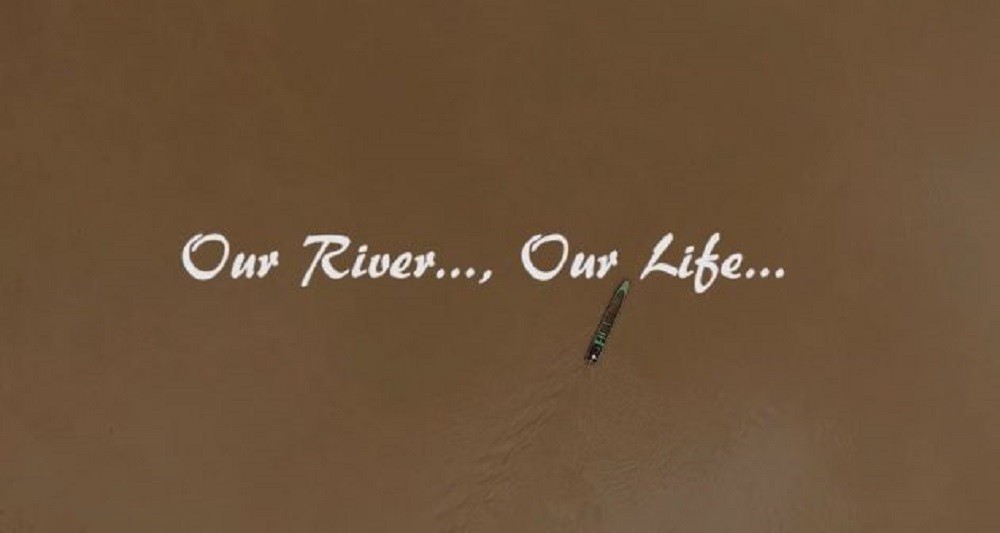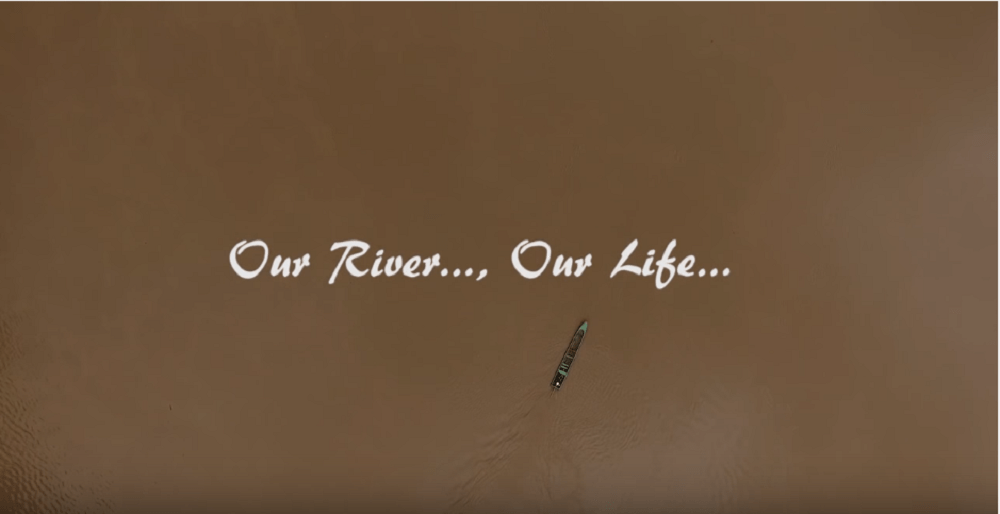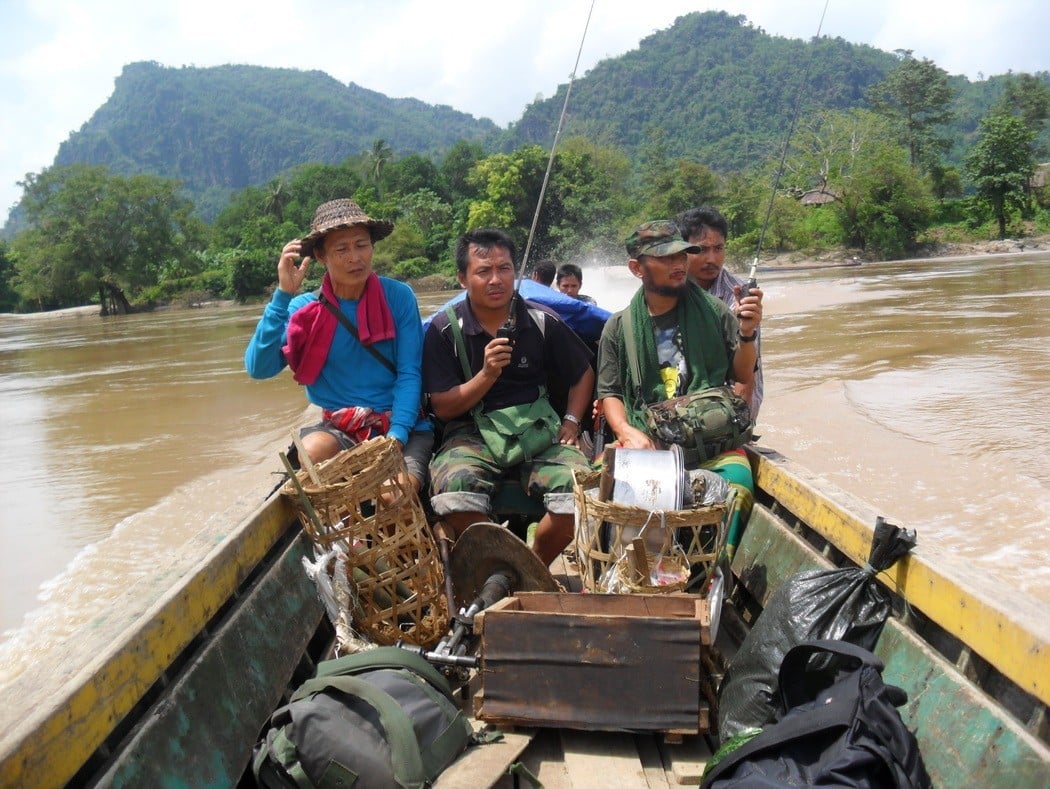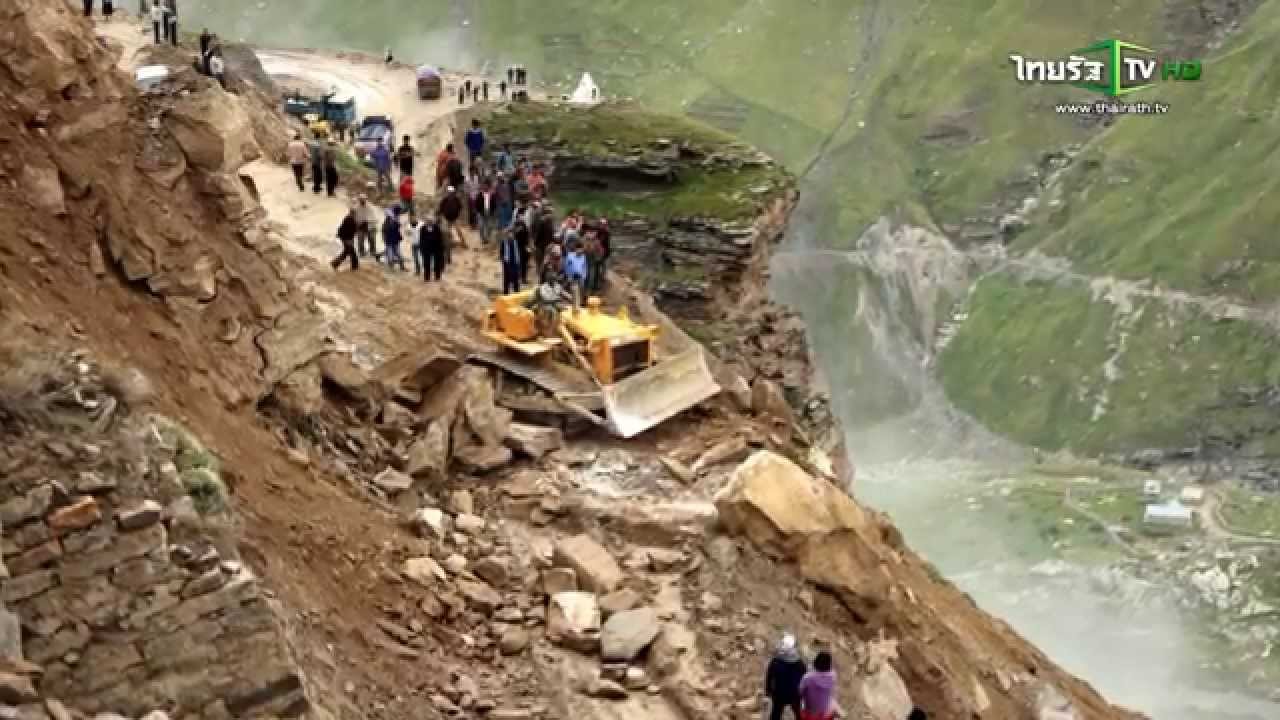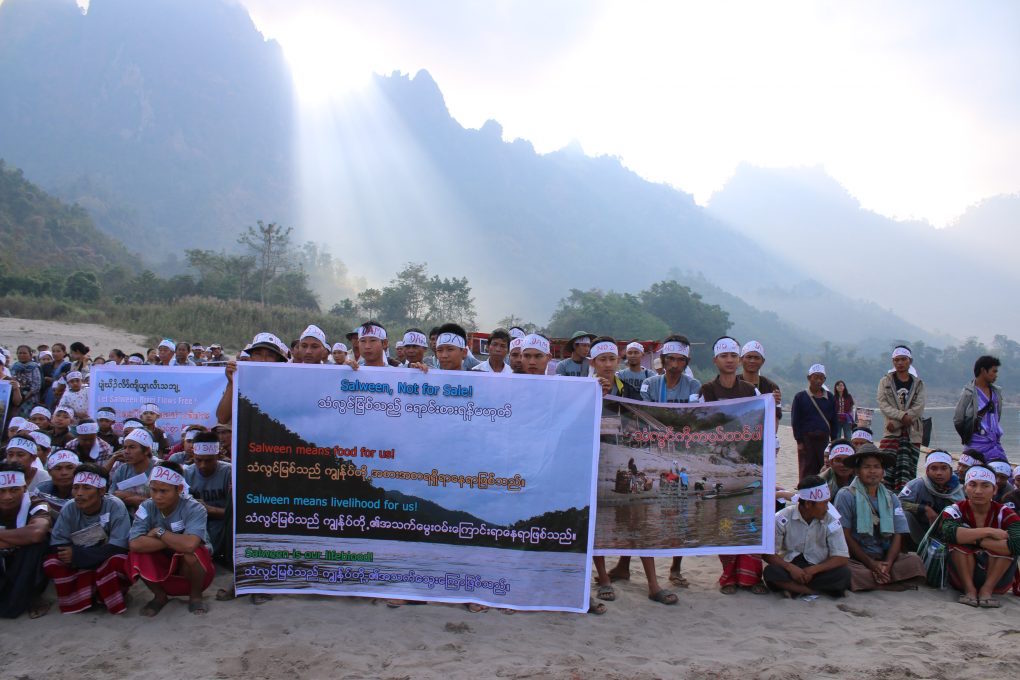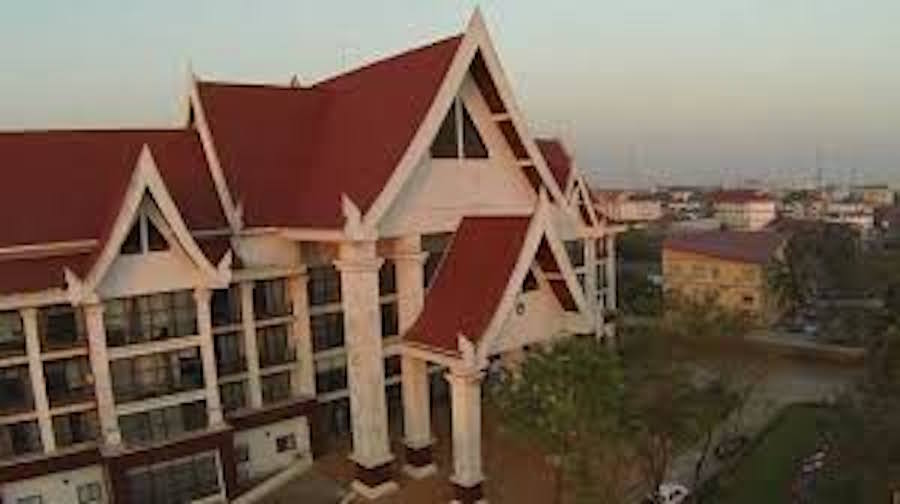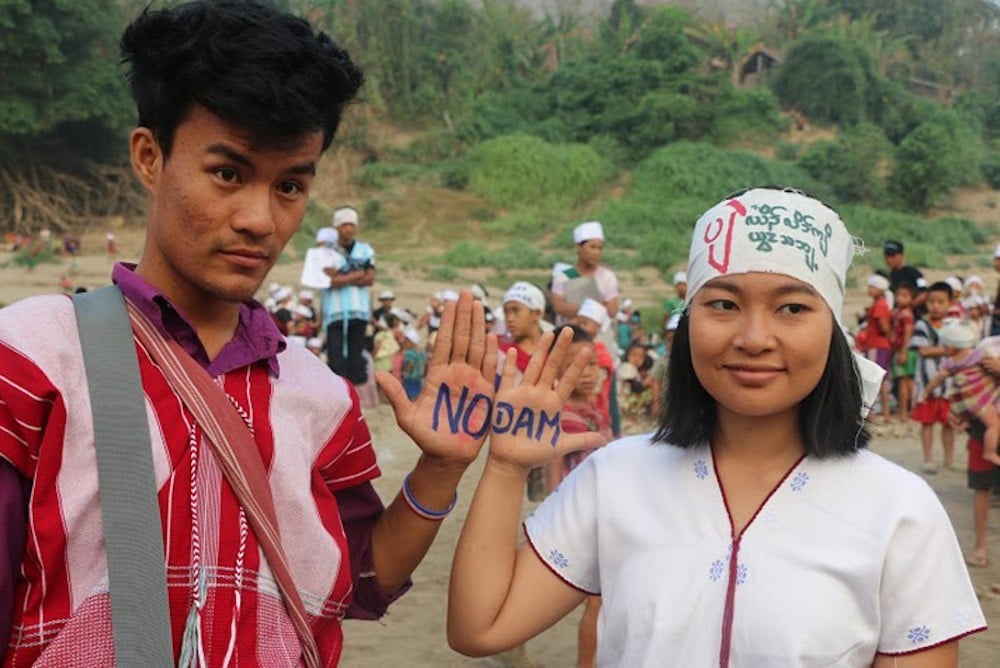Representatives from 150 concerned communities in Shan and Karen states attended a seminar at Chiang Mai University on Sunday where Sunnee Chiros, a former Thai human rights commissioner, presented a study she had done, which found that the dam’s environmental impact assessment process was flawed.
The group statement said the Myanmar government should abandon all dam projects on the Salween and pursue sincere peace talks in the region.
It said the Hat Gyi Dam would destroy the environment, harm people’s livelihoods and threaten regional peace, and urged people to campaign for power generated by environmentally friendly technologies.


